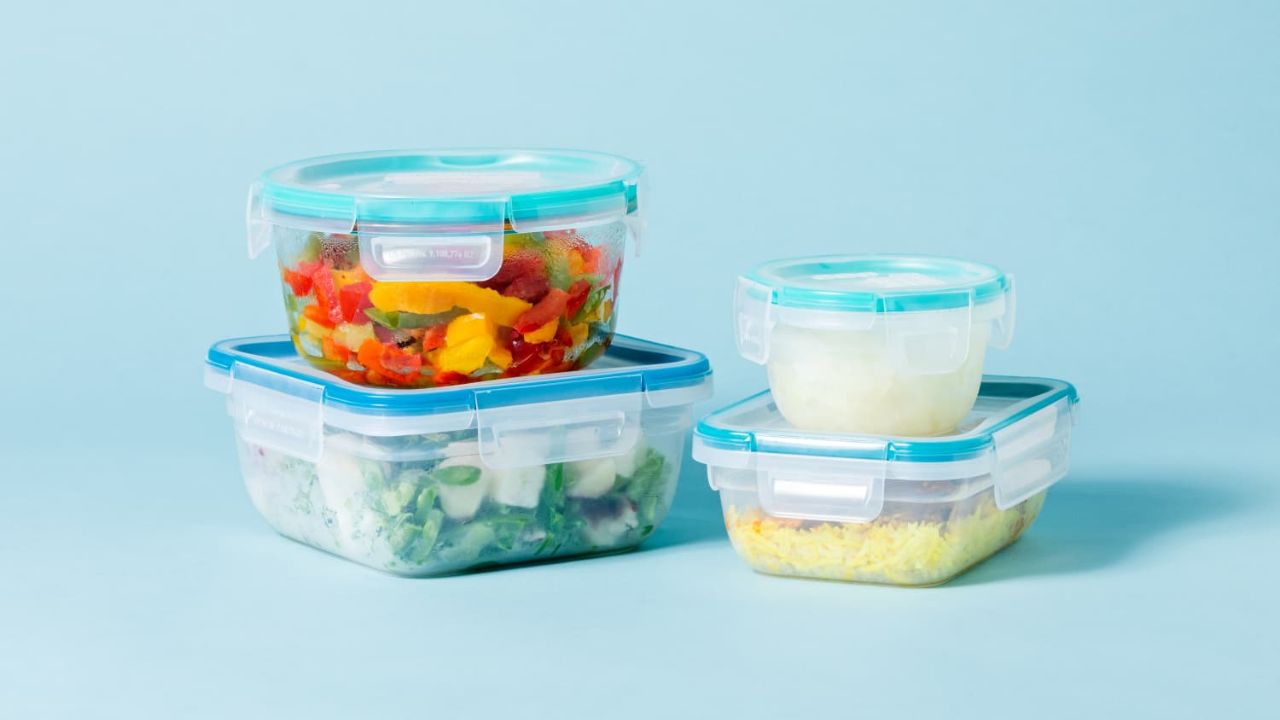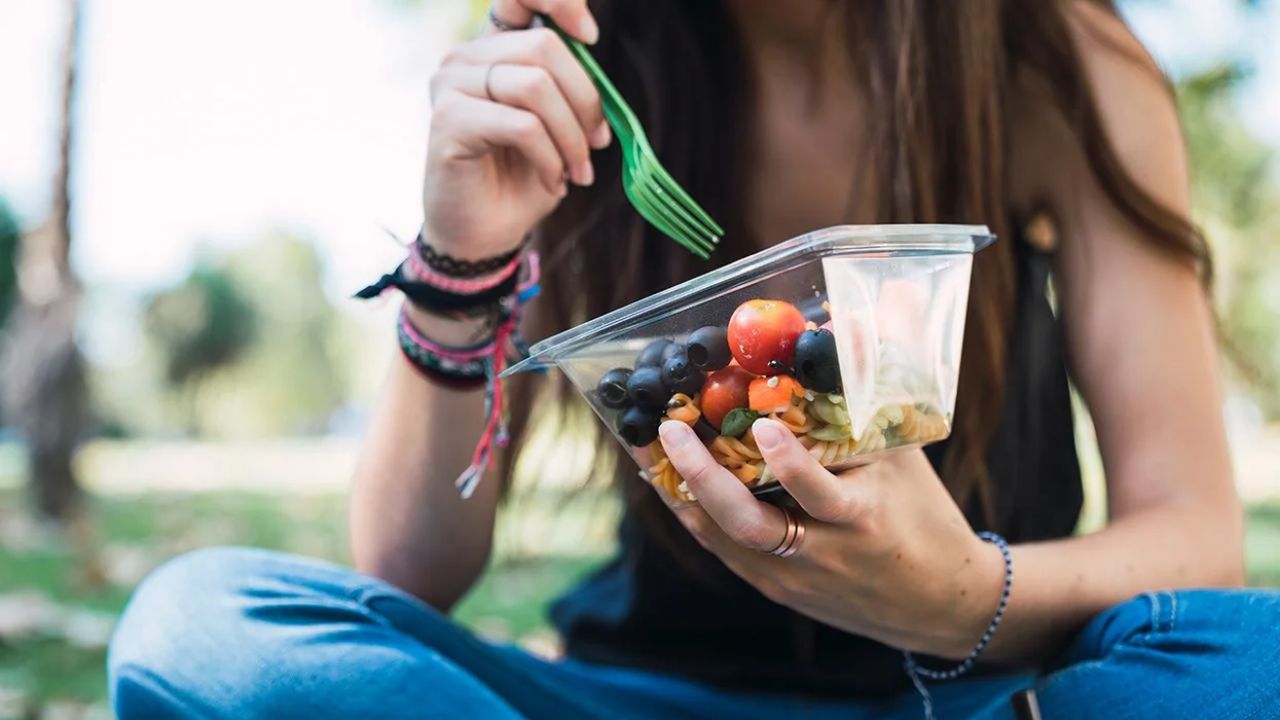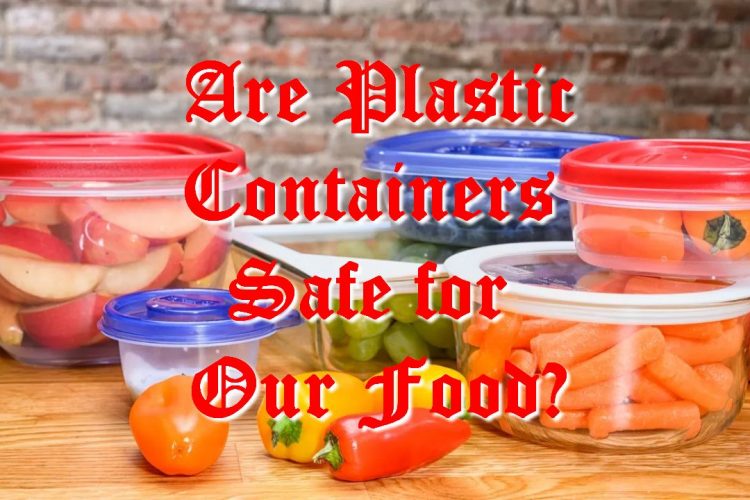In this day and age when time is so limited, no one has an opportunity to cook food every single day. You need to store food in your fridge and be able to quickly reheat it when the time comes. This solution has proved useful not only for busy young professionals but also for families. Restaurants and other foodservice establishments also store their food to cut on prep time for every dish.
Thus comes in the subject topic for the day. Most food containers are made from plastic. Over the years, it has been argued that plastic containers and items are not ideal for human health or when it comes to consumption of food.
In this article, we look at these claims and bring a conclusive answer to the conversation once and for all.
Are they safe?

Manufacturing companies have gone to great lengths to create plastic solutions that are ideal for storage of food and other content. However, even the safest food containers should be treated with a lot of caution, especially when it comes to food with acidic or grease content.
Do you remember your chemistry? You might have to bring out your high school text books from the attic. Just kidding! Basic chemistry teaches us on how acidic elements can react with almost every product. And plastic, having some carbon composition in it, is one of them.
Acidic content can react with plastic, leading to degradation or deterioration of a certain extent. As you continue to use the plastic containers, the plastic wears down and the by-products of the reaction mix in with your food.
There is also the issue of heat. It is recommended not to heat food in plastics, even if it has high safety rating. In addition, hot food and beverages should not be stored within plastic containers. This recommendation should be followed for even those considering a quick reheating of food.
Safety ratings

As mentioned above, manufacturing companies have gone to great lengths to create safe plastics for safe use in the kitchen. Most containers have on them marks that indicate the safety rating and help consumers make the best choice possible.
If you flip your storage container (it could be a baby bottle, drinking cup or holder), you will find a number preceded with a hashtag. For example, #3 or #7. These marks indicate the safety of use of that container.
Containers that have the following numbers#2, #4 and #5, are considered safe for use in the kitchen while other numbers #3, #6 and #7 are not ideal for use with consumables and other edible goods.
Other options
It would not be prudent to chastise the use of food containers without offering a solution. There are safer materials for you to use in the current market. Consider switching to ceramic, stainless steel, glass, or silicone lid covers and containers.
Conclusion
It might be a bit hard to get rid of items and other kitchenware that you have used for years in the family. But if you are concerned about your health and that of your family, we recommend that you make the switch to other options.
